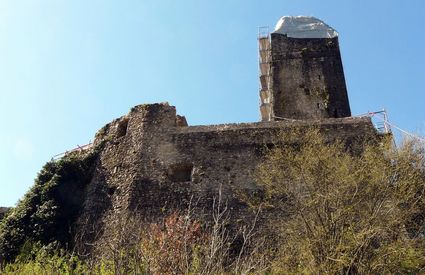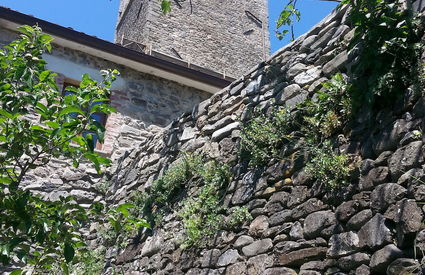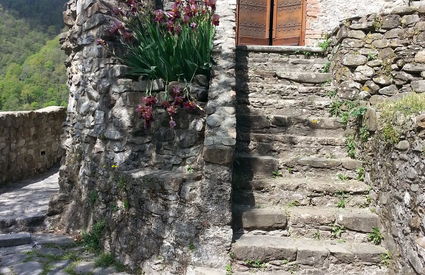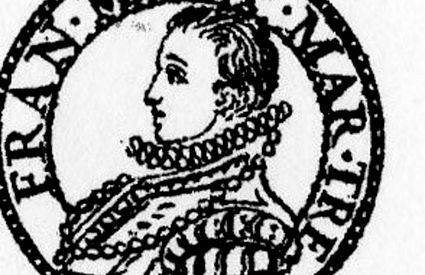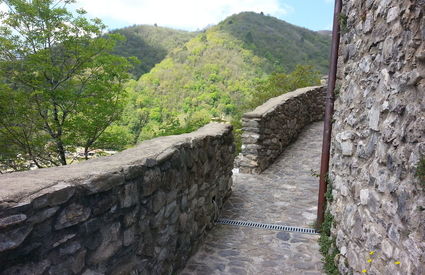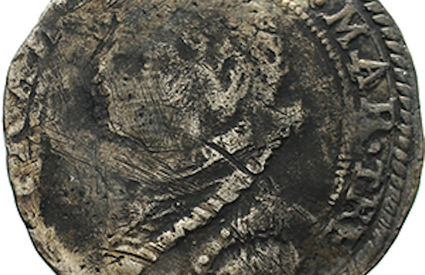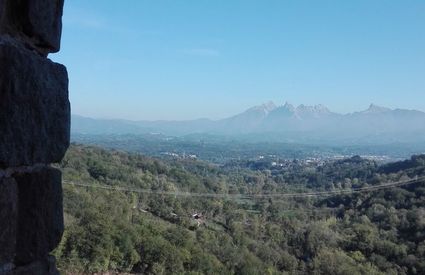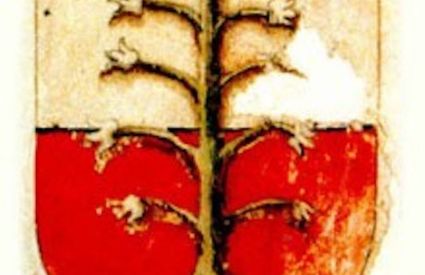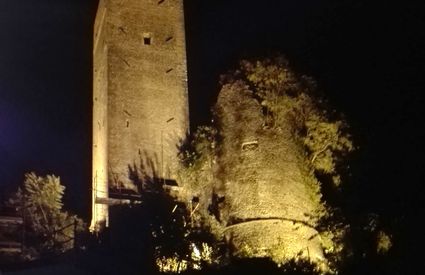Tresana
The mint that forged false coins in the reign of the Malaspina
The legend of the Tresana mint whose counterfeited coins caused a civil uprising
The mint that forged false coins in the reign of the Malaspina
The legend of the Tresana mint whose counterfeited coins caused a civil uprising
The Malaspina Marquesses
According to the legend, the noble Malaspina family was granted the right to mint coins, a privilege reserved to few cities in Italy: in the second half of the 1500s, Maximilian II, Holy Roman Emperor, gave Guglielmo Malaspina, the Marquess of Tresana, and his descendants the right to mint gold, silver and copper coins in his domain.
Never in Tresana, Francesco Guglielmo assigned a lieutenant general to Tresana that could represent him and oversee the mint: in 1598, this was Castruccio Baldissori, who, in Guglielmo’s absence, made an agreement with the mint master, Claudio di Antonio Anglese, to mint counterfeit coins for different men from France, Savoy, Venice, Genoa, Bologna, Massa and Rome.
A large quantity were produced and distributed throughout Italy, especially in Veneto, via Salomone, also known as Flaminio, a Jewish trader from Verona. Guglielmo ordered the lieutenant to jail Anglese, but Baldissori allowed the mint master to escape and then disappeared.
Condemned to death
Guglielmo had Salomone arrested and gathered evidence of the crime: on November 20, 1598 the podestà sentenced the mint master and lieutenant to die at the stake and both were stripped of their property. Salomone also paid for the law dodgers and died in prison.
Pope Clement VIII, damaged by the counterfeited Roman and Bolognese coins, prosecuted Francesco Guglielmo Malaspina and summoned him to appear together with his accomplices before the Roman Curia: the Marquess, on the advice of Grand Duke Ferdinand de’ Medici, didn’t show up and the Curia sentenced him with a fine of 10,000 gold ducats.
A revolt in Tresana
Francesco Guglielmo didn’t pay the fine and as a result, he was excommunicated: Tresana revolted, forcing him to seek refuge in Modena, where he was an ambassador to the Grand Duke of Tuscany since 1602 and from where he appealed to the Emperor, though he was not acquitted.
The governor of Pontremoli seized Tresana for Spain and Francesco Guglielmo, to take back the domain and its properties, pledged his obedience to the king of Spain, receiving a new investiture. In 1606, the count of Fuentes ordered the governor to restore the castle and marquisate of Tresana to Malaspina.
Due to his excommunication, the governor of Milan advised him to give up the domain and retire. Francesco Guglielmo left Tresana, settling down in Mirandola, where he died in 1613.
Tresana passes to the Corsini family
He was succeeded by his son Guglielmo, who obtained to right to reopen the mint, which in 1626, was leased to Giovan Agostino Rivarola from Genoa, one of the most skilled counterfeiters of the period.
The Marquess told him to mint false coins, and though it could not be proved that the fraud happened there, the Marquess of Tresana was accused of the very same thing that had ruined his father.
The fights between Guglielmo and his vassals began again, until the death of the Marquis on January 6, 1651. The governor of Milan seized the domain for the king of Spain, who then sold it to Marquess Bartolomeo Corsini from Florence in 1660.


